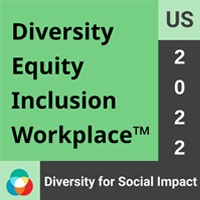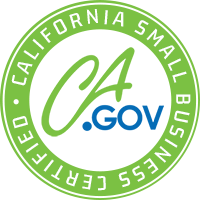Blog


How to create evergreen content and when to update it
There’s the little question these days that evergreen content is king in the marketing world. Despite content marketing costing about 62 percent less than other outbound marketing activities, only about 24 percent of businesses said they’ve shifted budgets from traditional advertising channels to content marketing, with 37 percent saying they’re not spending any money on traditional advertising.
In fact, due in part to the coronavirus pandemic, many firms are looking to invest more heavily in digital marketing channels, for which content plays a huge role.
For some firms, it can be a real challenge to develop content on a regular basis. Timely content is certainly important, however, this type of content tends to have a much longer shelf life. That makes it an essential tool in any marketer’s toolbox.
To help you develop content for your business, let’s take a closer look at what evergreen content is and how you can use it.
What is evergreen content?
Named after evergreen trees that never lose their color or needles, this type of content has no expiration date (or at least one that’s far away) and can be relevant to readers any time of year. Ideally, evergreen content has been optimized for search engines so that it can continue to pull in visitors long after its publish date.
What are some forms of evergreen content?
Generally speaking, content can refer to any written content such as blogs, articles, whitepapers, etc., but it can include audio (like a podcast), images, and video, too. Some common written content formats include (but aren’t limited to):
- Listicles
- Product reviews
- How-to content
How to develop evergreen content
While timely content can be easy to create (simply take a recent event or industry stat and react to it), evergreen content can be a little more difficult. After all, none of us have a crystal ball to see what will interest people in the future.
However, if you’ve been in your industry for some time, you probably have a good idea of what type of content does well. For example, let’s say you sell hats online. There are a wide variety of hats, and not everyone is familiar with the different types, when to wear them, etc. This is the perfect opportunity to create timeless content around these topics, similar to this ultimate hat guide.
To develop your own ideas, think about some of the most frequent questions that potential and current customers ask. Any of these could potentially turn into content that lasts a long time. You can also look at your products and/or services that customers are most interested in and develop content around those.
When to update evergreen content
Despite its longevity, evergreen content can get a bit stale. For example, no one wants to read a guide to digital marketing from pre-social media days. Similarly, social media marketing content from even five years ago is already outdated. Certainly, some content (like that hat guide mentioned above) isn’t likely to change any time soon. But if you work in an industry where change is frequent, you’ll likely need to update your evergreen content more frequently.
Luckily, updates don’t have to be deeply involved. It’s common for textbook publishers, for example, to only update parts of their books each year, and sometimes those updates are fairly minimal. Basically, we recommend reviewing your evergreen content about once/year and making any updates to reflect changes to the topic or your industry.
Looking for help developing content? Thankz has you covered! We have plenty of content writers ready to help you.


![[Veteran or Service-Disabled Veteran] Disability-Owned Business circular certification badge with text shown in circular orientation and with Disability:IN icon logo in center](https://www.thankz.com/blog/wp-content/themes/thankz/images/dobe-badge.png)

